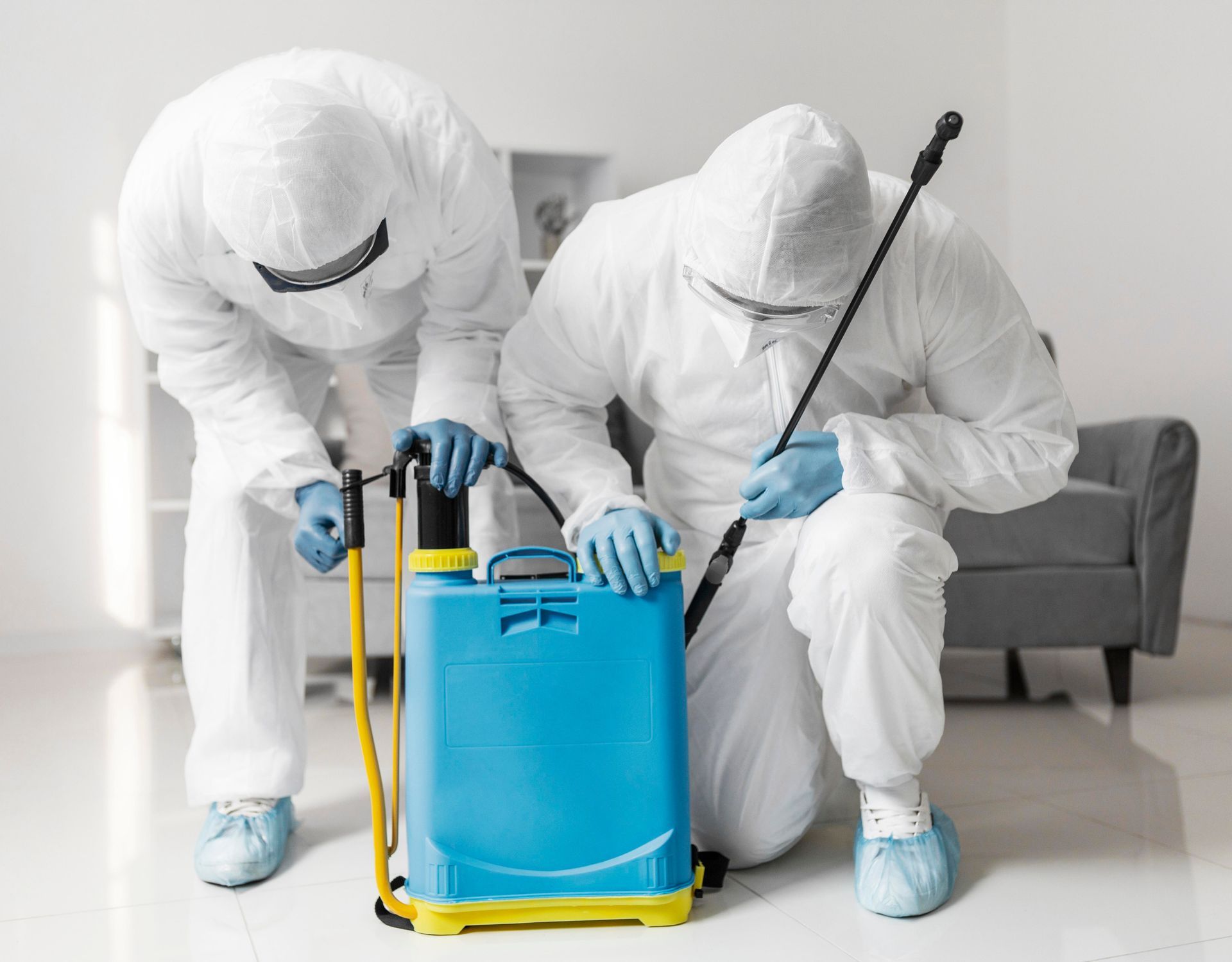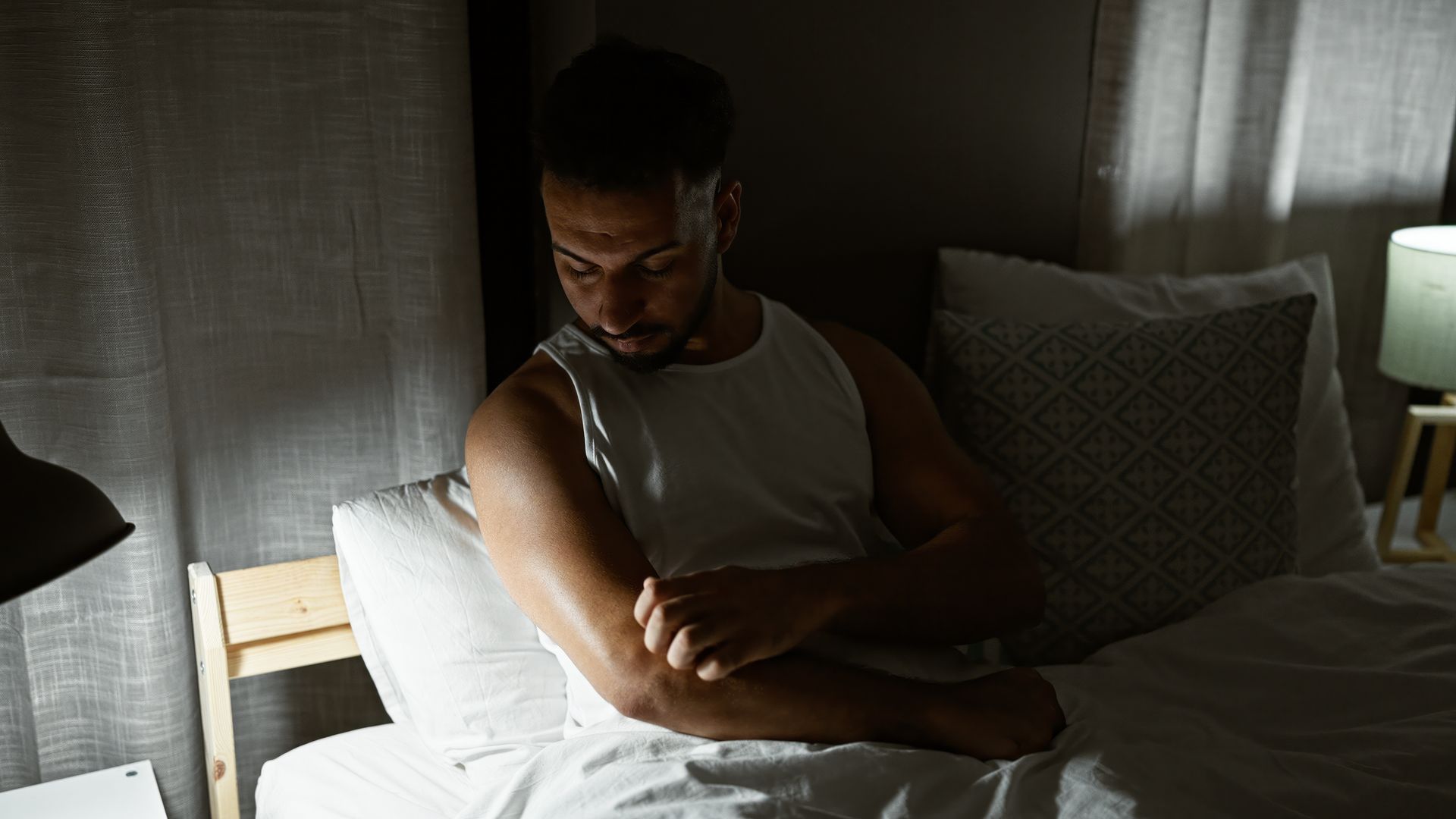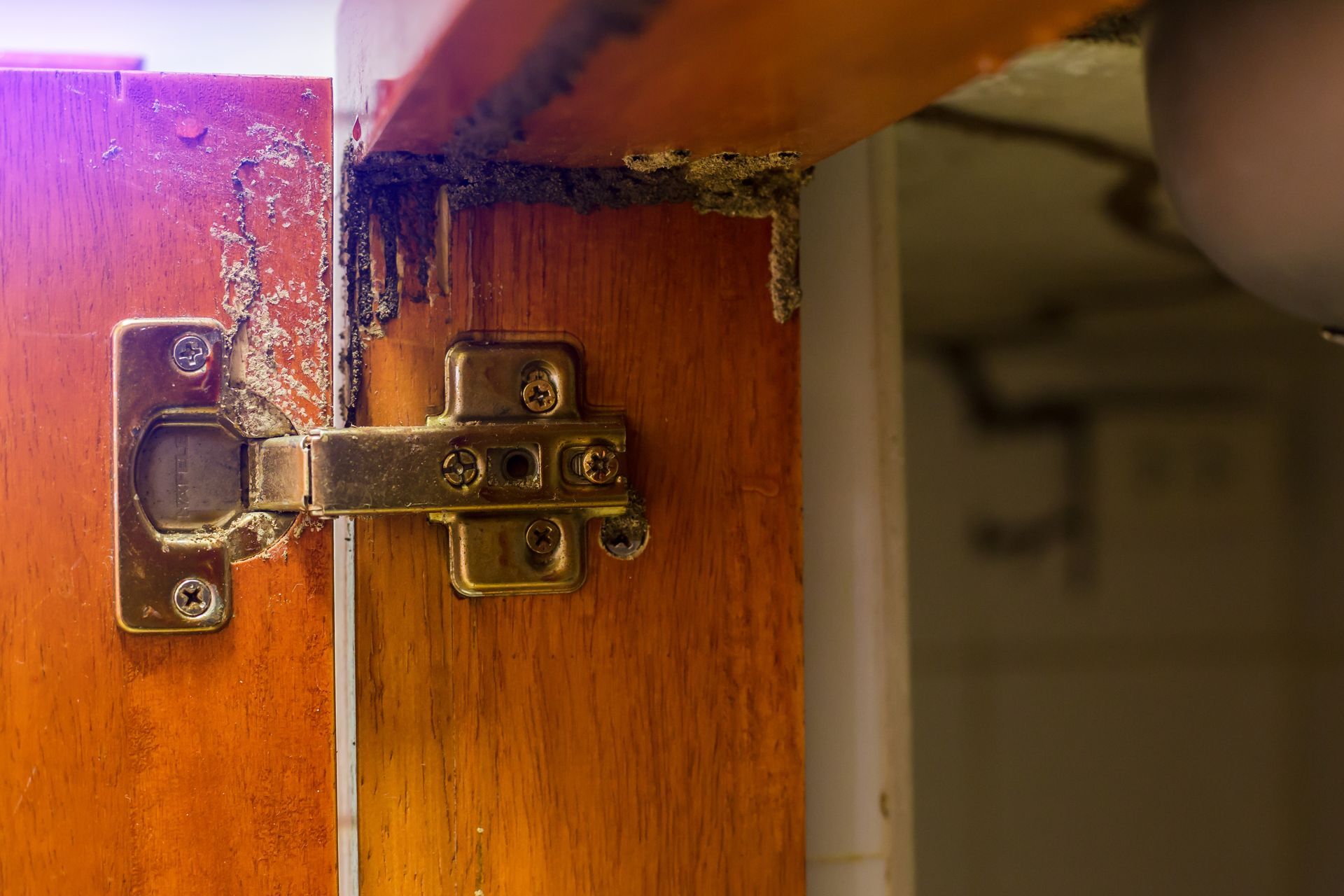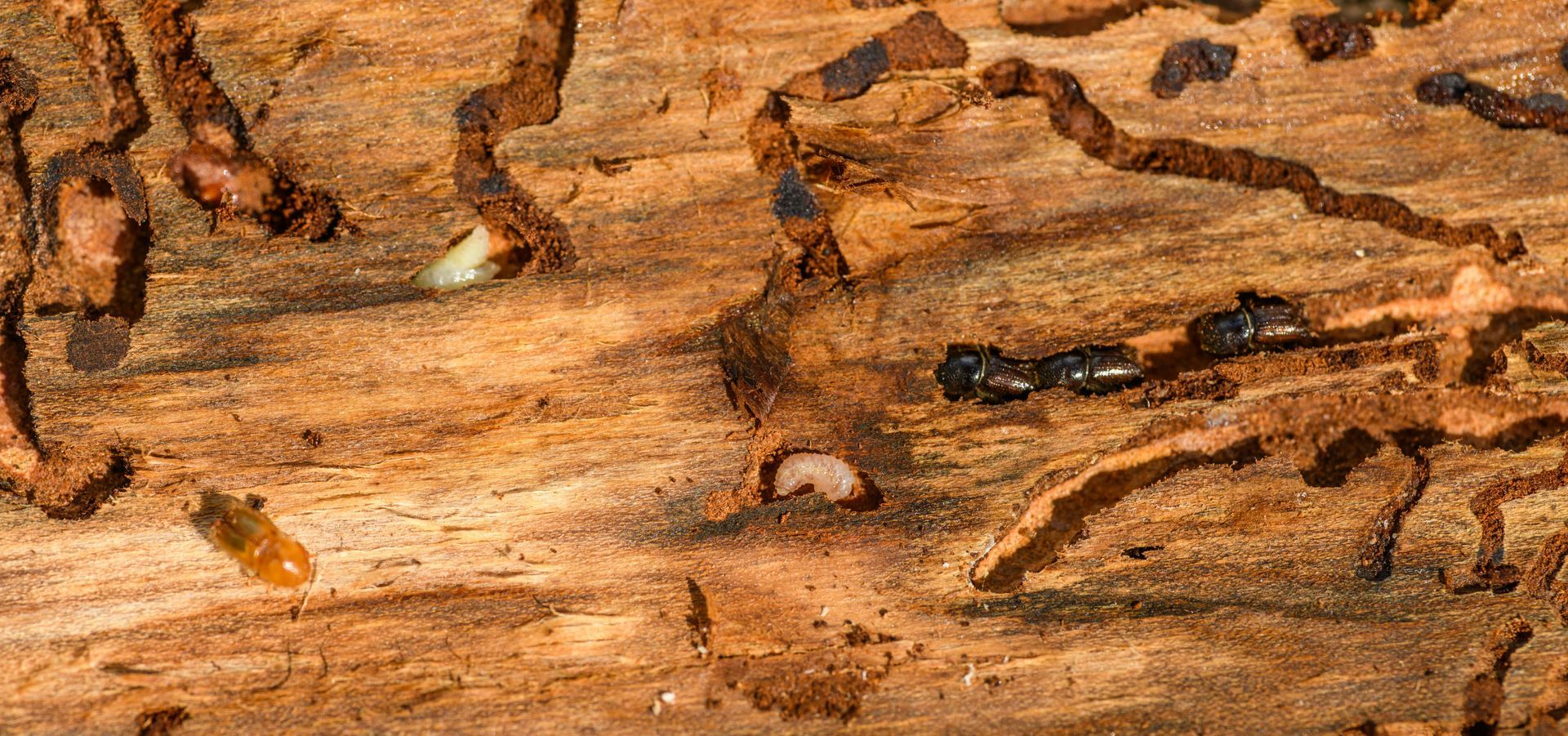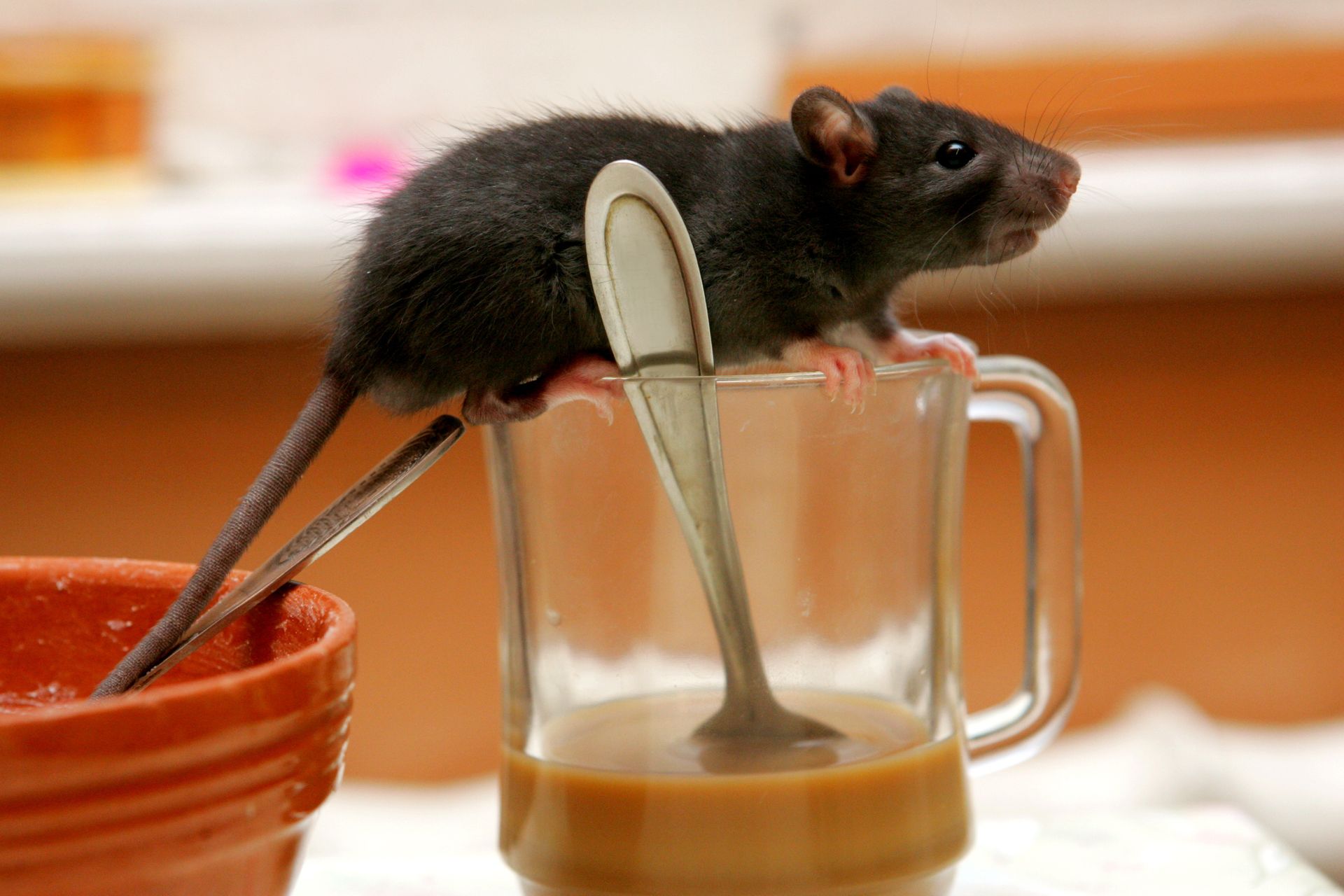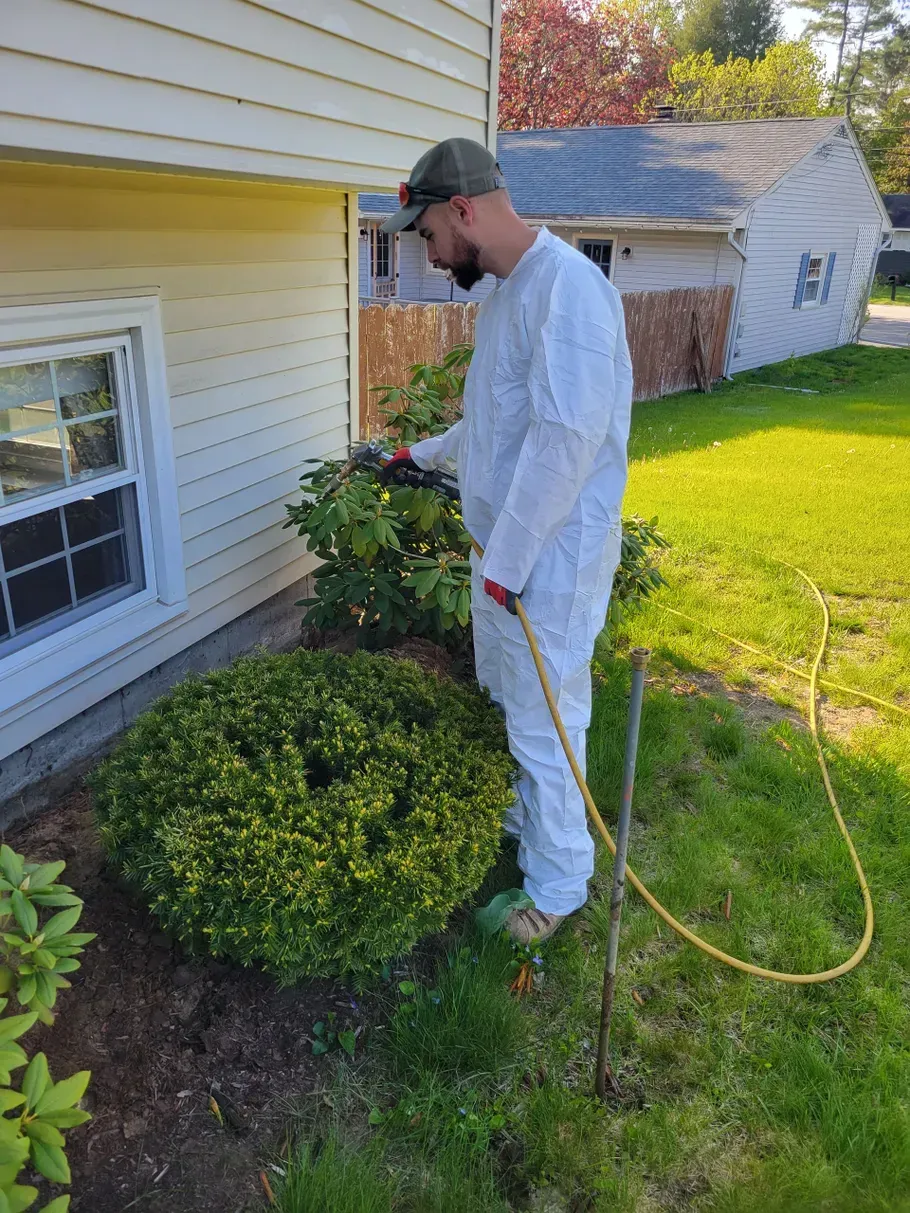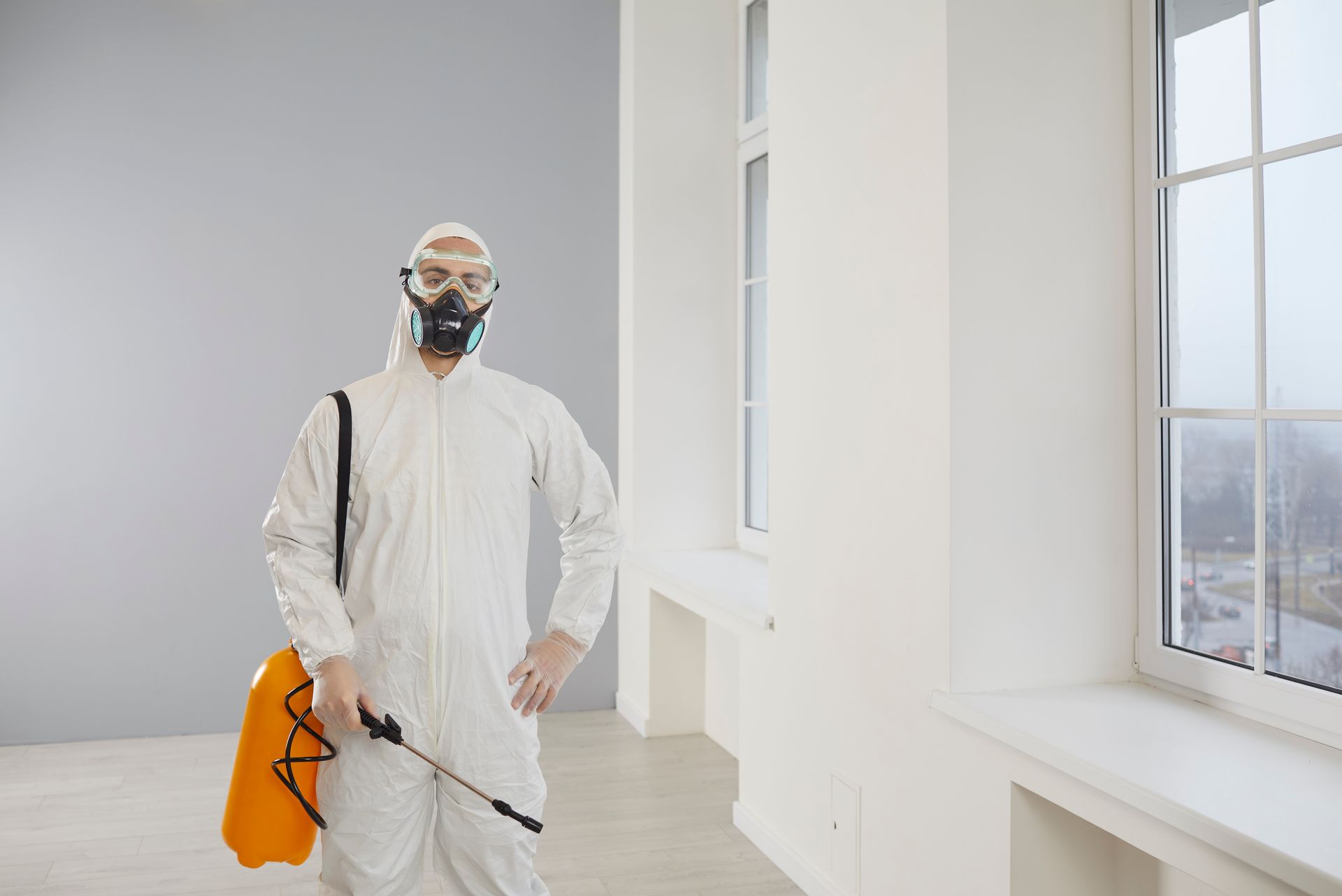Keene Pest Control
Best Treatments for Bed Bugs: How to Eliminate Them From Your Home
If you’ve ever had the unpleasant surprise of discovering tiny, sneaky pests crawling in your bed, you’re not alone. Bed bugs are the unwanted guests that overstay their welcome, ruin your sleep, and turn your peaceful home into a battleground. These little insects don’t care if you live in a luxury high-rise or a cozy country cottage. If you’re warm and breathing, you’re a target.
Dealing with a bed bug infestation is no joke, but it is absolutely manageable. The trick is knowing the
best treatment for bed bugs, acting fast, and staying persistent. In this guide, we’ll break down what bed bugs are, how to know if you have them, and what your options are for kicking them out once and for all.
What Are Bed Bugs and Why Are They So Hard to Get Rid Of?
First things first. Let’s understand the enemy.
Bed bugs are small, flat, reddish-brown insects that feed on blood — human blood. They’re usually active at night and prefer to hide in places like mattresses, box springs, bed frames, and even behind wallpaper. They’re hitchhikers by nature, often catching rides into your home via luggage, clothing, or secondhand furniture.
Why they’re so tough to eliminate:
- They hide well: Bed bugs can fit into cracks as thin as a credit card
- They breed fast: One female can lay hundreds of eggs in her lifetime
- They resist some pesticides: Over time, bed bugs have become resistant to certain chemicals
- They can live months without feeding: Just when you think they’re gone, they come back
So yes, they’re resilient. But not invincible. Keep reading to learn the best ways to get ahead of the infestation.
How to Know If You Have Bed Bugs: Signs and Symptoms
Woke up with mysterious bites? Noticed weird little rust-colored stains on your sheets? You might be dealing with bed bugs. Early detection is key to preventing a full-blown infestation.
Common signs of bed bugs:
- Bites: Small, itchy red welts in a line or cluster, usually on exposed skin
- Blood spots: Tiny stains on sheets or pillowcases from crushed bugs
- Fecal spots: Dark, ink-like smears on mattresses or walls
- Shed skins: Bed bugs molt as they grow, leaving behind shell casings
- Musty odor: A strong, sweet, musty smell can signal a large infestation
If you see any of these signs, it’s time to inspect your mattress seams, headboard, and even your electrical outlets. The sooner you identify the problem, the easier it is to tackle.
The Best Treatment for Bed Bugs: A Battle Plan That Works
Getting rid of bed bugs is not a one-size-fits-all situation. It usually requires a combination of strategies, a bit of patience, and sometimes a professional’s help. Let’s break down your options.
1. Heat Treatment
One of the most effective and eco-friendly ways to eliminate bed bugs is with heat.
Why it works:
- Bed bugs and their eggs die at temperatures above 120°F
- Heat penetrates deep into furniture, walls, and bedding
- It kills bugs at every stage of life
How it’s done:
Professional equipment heats the room or home to lethal temperatures for several hours while sensors ensure the heat is evenly distributed.
Pros:
- Chemical-free
- Kills all bugs and eggs
- Done in a single treatment
Cons:
- Requires professional equipment
- May be more expensive than other options
2. Chemical Treatments
Another common method involves pesticides that are approved for indoor use and specifically target bed bugs.
Key types:
- Residual sprays: Leave behind a chemical barrier
- Dusts: Work in cracks and crevices
- Aerosols: Great for spot treatments
Pros:
- More budget-friendly
- Works over time
- Can be used in combination with other methods
Cons:
- May require multiple applications
- Bed bugs can develop resistance
3. Vacuuming and Steaming
Great as part of a larger treatment plan, these two methods help reduce visible bugs.
Vacuuming:
- Use a vacuum with a HEPA filter
- Focus on seams, edges, baseboards, and carpets
- Seal and dispose of vacuum bags immediately
Steaming:
- Steamers reach over 200°F
- Works well on mattresses, couches, and hard-to-reach areas
Helpful but not enough on their own. Always combine with a more thorough solution.
4. Encase and Isolate
Protect your mattress and box spring with
bed bug-proof encasements to trap any bugs inside and keep new ones out. Also, consider interceptors under your bed legs to monitor activity and prevent access.
Why DIY Bed Bug Treatment Often Fails
Let’s be real. DIY methods might sound appealing, especially when you want to avoid costs. But most home remedies are either ineffective or only provide temporary relief.
Common DIY mistakes:
- Using general bug sprays that don’t target bed bugs
- Failing to treat all areas where bugs hide
- Not treating multiple times to kill new hatchlings
- Tossing furniture before treating, which can spread the infestation
Unless you have experience and professional-grade tools, it’s best to trust experts who specialize in
bed bugs treatment.
Professional Bed Bug Solutions in Keene, NH That Work
Say Goodbye to Bed Bugs With Keene Pest Control
Don’t let bed bugs take over your home and peace of mind. At Keene Pest Control, we provide expert bed bugs treatment using proven techniques that work fast and last. Whether you're dealing with a new infestation or one that just won’t quit, our team can help with safe, reliable, and effective service.
Call us today at
(603) 352-7336 for
professional bed bug control services in
Keene, NH, and surrounding areas. We also offer
termite and
carpenter ant control,
pest prevention,
commercial pest control, and more. Let us help you reclaim your space so you can finally get a good night’s sleep again.
FAQs
Can I get rid of bed bugs on my own?
DIY treatments may reduce the population but rarely eliminate it completely. Professional treatments offer better long-term results.
Do bed bugs spread disease?
No, bed bugs are not known to transmit diseases, but their bites can cause itching, allergic reactions, and anxiety.
How long does a professional bed bug treatment take?
A typical heat treatment takes several hours. Chemical treatments may require multiple visits over a few weeks.
Will bed bugs come back after treatment?
They can return if not all bugs and eggs are killed or if new ones are brought in. That’s why follow-up and prevention are important.
Is it safe to stay in my house during treatment?
That depends on the method used. Your pest control team will give specific guidelines based on the treatment plan.


